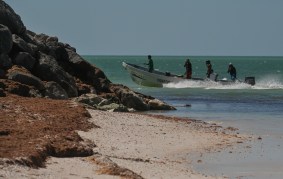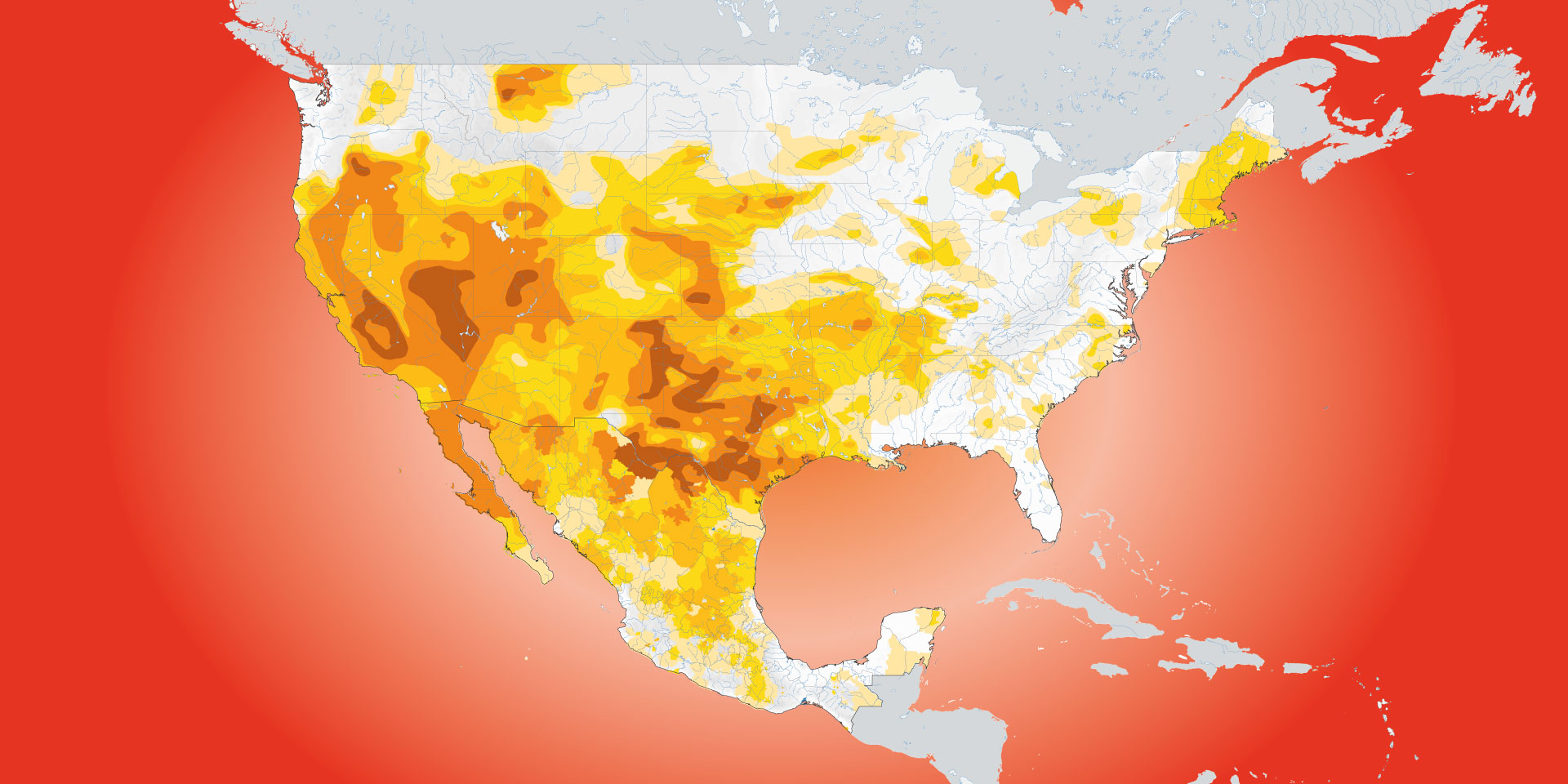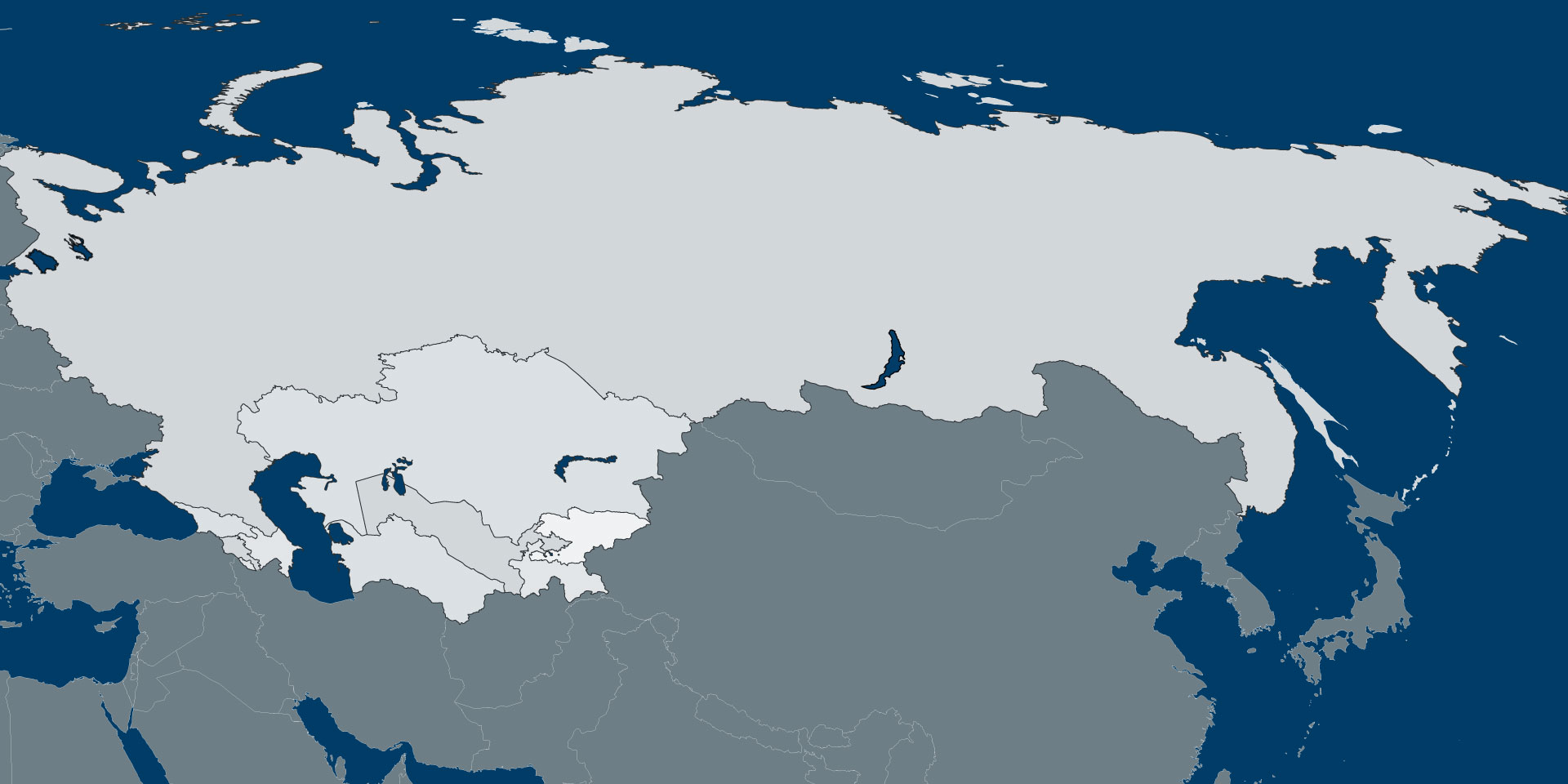[ad_1]

On January 23, Bishop Miguel Ángel Alba Díaz of Baja California Sur (BCS) publicly denounced an open secret — the takeover of a fishing community by Mexican organized crime groups. His revelation and a subsequent Zeta article specifically focused on the Pacific coast port of San Carlos where criminals led by Juan Antonio alias “El Güero Boco” force fishers to sell their catch to the criminal group at below-market prices.However, the systematic takeover of legal and illegal fisheries by organized crime groups in Mexico is geographically much wider and functionally much broader. Though intensely centered on the Gulf of California and the states of Sinaloa, Sonora, Baja California, and BCS, it is unfolding across the country, from Yucatán to Tamaulipas on the Gulf of Mexico to the Pacific. It affects not merely the fishing, but the entire vertical chain of seafood production through retail.
This and subsequent articles describe what I learned in my October and November 2021 interviews with Mexican legal and illegal fishers, seafood producers and exporters, fishers’ cooperatives and federations representatives, marine biologists, and environmental NGOs. They preview a detailed report of mine to be published by Brookings next month.
Key culprits in the fisheries’ takeover are the Sinaloa Cartel and, to a lesser extent, Cartel Jalisco Nueva Generación (CJNG), sometimes working through local proxy crime groups. In Baja California Sur, the Sinaloa Cartel mostly won against a splinter group and its CJNG ally. Thus, it has become the main criminal actor in fisheries there. In Baja California’s large Ensenada-Rosarito fisheries, the two cartels and their local allies and vassal groups compete with each other over extortion of the sport fishing industry and fish sales to restaurants and hotels.
The fisheries monopolization is taking place in high-value species such as abalone, geoduck clams, lobster, scallops, and totoaba, which are then sold by the cartels to China as well as to U.S. markets and Mexican restaurants catering to foreign tourists, and low-value species sold for consumption in Mexico, such as corvina.
The takeover began with criminal groups targeting fishers poaching protected species, such as totoaba. Second, criminal groups moved toward extorting and imposing rules on fishers harvesting low-value seafood, obligating them to sell only to the cartels. Large companies fishing high-value species, particularly for export, were the last to be targeted, but are increasingly under pressure too, representatives of Mexican fishers’ federations and seafood exporters told me.
Organized crime groups then move to extort both legal and illegal fishers, fishermen’s cooperatives, and seafood processing plants, transporters, and exporters. Next, they establish halcones (spy) presence in communities and processing plants and demand that the processing plants process seafood brought in by the cartels and fake documents for it.
They instruct communities to sell the fish harvests to the criminal group or risk being killed. They dictate to local communities the amount of a particular species to be harvested and delivered to the cartel and violently punish non-compliance with those demands.
The narcos may set the purchasing price or processing fees above or below market prices. When courting a community, they may pay better-than-market prices. When the organized crime group has a strong control over the fishing cooperative, the price they pay may drop to only 60-75% of market value, according to a Mexican fishers’ federation official.
In Baja California, Sonora, and Sinaloa, the criminal groups pay small-scale fishers in drugs, such as methamphetamine, instead of cash, NGO representatives in the affected communities told me. Such a practice creates both disastrous public health effects, turning the fishers into drug users, and further entangles them in criminality as they themselves have to sell the drugs in local retain markets to generate cash for their families.
The Sinaloa Cartel has also orchestrated shrimp poaching during the period when legal shrimping is banned to allow the species to recover. In Sinaloa and Sonora, the cartel organized legal and illegal fishers with some 200 to 300 hundred pangas (small boats) for illegal shrimp harvesting in the Gulf of California. The cartel would then sell lesser quality shrimp in Mexico and bring top-quality shrimp for the U.S. market to U.S. government-certified processing plants. It would force the processing plants to issue fake documents that the shrimp were caught legally during the permitted fishing season, a Mexican seafood exporter disclosed.
For retail within Mexico which does not require certification documents, unlike exports to the U.S. or China, such as of undersized lobster or shrimp, the criminal groups may themselves also organize primitive freezing.
For high-value fish meat, scallops, or oysters requiring freezing, complex processing, and provenance and sanitary documents, the cartels bring the seafood to Mexican (and U.S.) government-certified processing plants. A refusal by a processing plant to accept seafood brought in by Mexican organized crime groups would lead to the plant being burned down or its employees or owners killed, processing plant operators disclosed to me. As in local fishing communities, in the processing plants, the criminal groups post monitors to maintain detailed accounting and calculate fees for the cartels. In some cases, the Sinaloa Cartel is allegedly renting and acquiring entire processing plants for itself.
Beyond collecting extortion fees from restaurants, the criminal groups also force restaurants to source fish from them, prohibiting them from buying fish from their criminal rivals or independent seafood sellers.
Lastly, criminal groups sell fuel stolen from pipelines to big industrial fishing ships and small-scale fishers’ pangas. In Sinaloa, the Sinaloa Cartel dominates these illegal fuel sales; in Tamaulipas, it is the Gulf Cartel, according to current and former officials of Mexican fishers’ federations.
Yet, the Sinaloa Cartel frequently portrays its takeover of the fisheries as “bringing order” to local communities. In some species the cartel seeks to enforce sustainability: It has set harvest quotas and enforces them, punishing fishermen who fish in excess. (In other species, like totoaba or abalone, it promotes extensive illegal offtake.)
Long-known for building political capital with local communities and politicians and government officials, the Sinaloa Cartel has across Mexico focused intently on delivering governance and regulatory services and dispute resolution mechanisms. In one fishing community in BCS which the Sinaloa Cartel took over, it posted some seven cartel men into the village, who rented two houses right next to the municipal police station. When a small theft occurred in the village, the municipal police directed the person who came to report it to the narcos next door to identify the culprit and sort it out. But the presence of the narcos has also had chilling effects on the village, with people not daring to congregate outside in the streets and hold fiestas in public.
According to representatives of Mexican fishing federations and environmental NGOs working in fishing communities, the Sinaloa Cartel has allegedly also approached state officials and officials of Mexico’s fishing regulatory agency Comisión Nacional de Acuacultura y Pesca (CONAPESCA) to offer to enforce compliance with fishing licenses and quotas, something CONAPESCA frequently fails to do because of inadequate resources or corruption — with illegal, unreported, and unregulated fishing in Mexico as early as a decade ago, before Mexican criminal groups entered it big way, perhaps twice as large as officially reported fish offtake. In other cases, interviewed fishers suggested criminal groups established corrupt deals with local authorities to keep away CONAPESCA inspectors or Mexican Navy units so unregulated fishing could take place.
Not just illegal, but also legal fishers and fishing cooperatives and federations and large seafood businesses in Mexico feel powerless vis-à-vis the pressure from organized crime and live in fear. Their denouncements to Mexican government authorities of the extortion and takeover efforts by organized crime have often not been met with any robust support or law enforcement action from the Mexican government. In BCS, state governor Víctor Manuel Castro Cosío denied receiving any formal denouncement or evidence of the criminal groups’ takeover of fisheries. One seafood operator whom the Sinaloa Cartel was forcing to process cartel-brought seafood told me the cartel representatives informed him that the Mexican government would not act against the cartel’s muscling its way into the seafood processing industry since it had invested in the government’s Morena party during the June 2021 midterm elections. Morena has won the elections in many Mexican states with large fishing industries, including Baja California, BCS, Sonora, and Sinaloa. Across Mexico, organized crime groups aggressively sought to influence many races during the 2021 midterms, intensifying their pressure on elections more than ever.
Large seafood businesses believe they can either work with the narcos, sell out their business and move away, or perhaps hire a private security company. As a high-level official of a Mexican fishermen’s federation put it, “By far the healthiest choice is to comply with the narcos.” Small-scale fishers often do not have the option of packing up and moving elsewhere, even though violence-driven internal displacement in Mexico is extensive.
How small communities face pressures from the criminal groups and what choices they have, how they can resist and how they cannot, will be the subject of follow-up articles.
Meanwhile, will the Mexican government finally start protecting Mexico’s fishers?
[ad_2]
Source link















